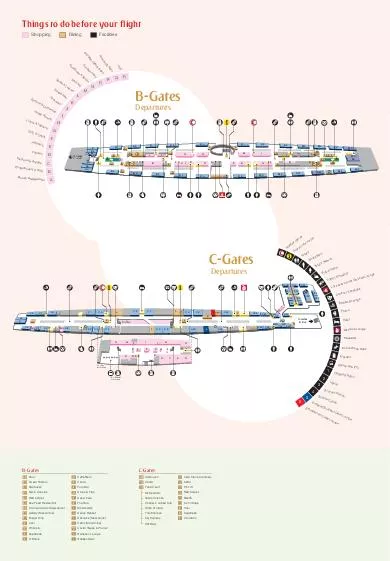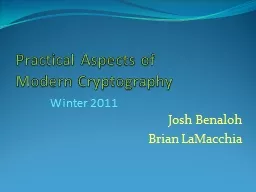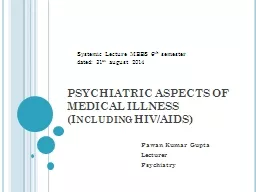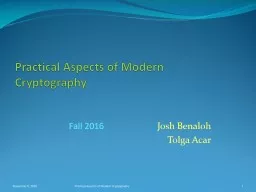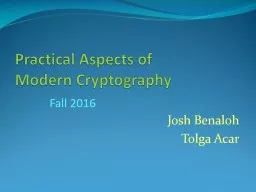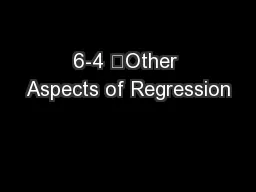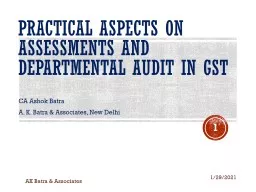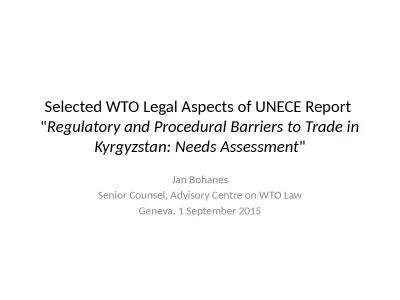PPT-McDonalds - India ASPECTS OF CULTURE
Author : liane-varnes | Published Date : 2018-11-08
The learner will describe and compare patterns of culture such as language religion and customs that make a specific region in the world distinctive WHAT IS CULTURE
Presentation Embed Code
Download Presentation
Download Presentation The PPT/PDF document "McDonalds - India ASPECTS OF CULTURE" is the property of its rightful owner. Permission is granted to download and print the materials on this website for personal, non-commercial use only, and to display it on your personal computer provided you do not modify the materials and that you retain all copyright notices contained in the materials. By downloading content from our website, you accept the terms of this agreement.
McDonalds - India ASPECTS OF CULTURE: Transcript
Download Rules Of Document
"McDonalds - India ASPECTS OF CULTURE"The content belongs to its owner. You may download and print it for personal use, without modification, and keep all copyright notices. By downloading, you agree to these terms.
Related Documents


